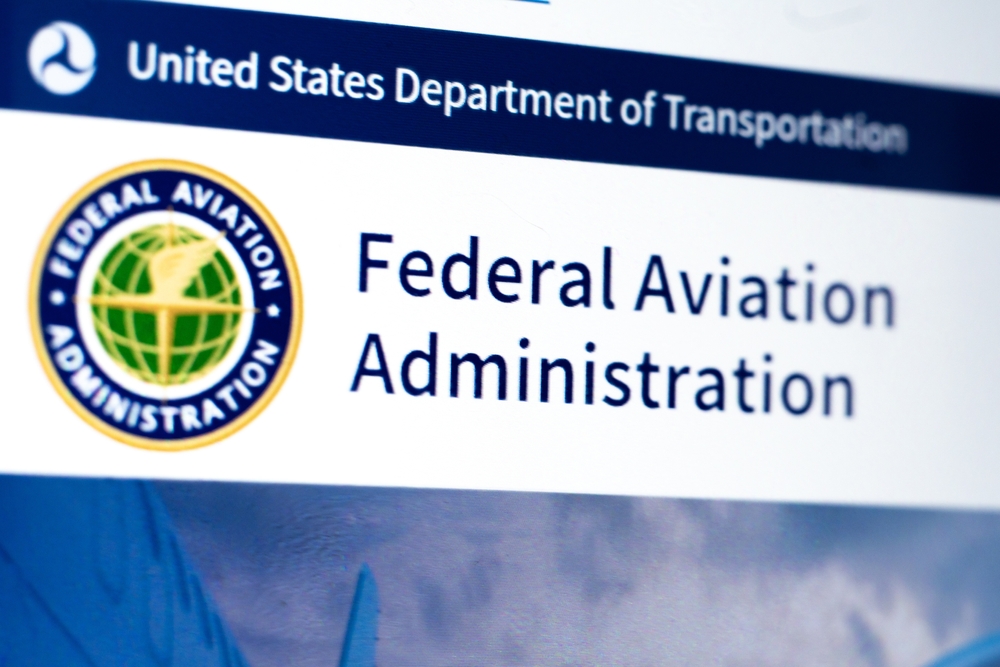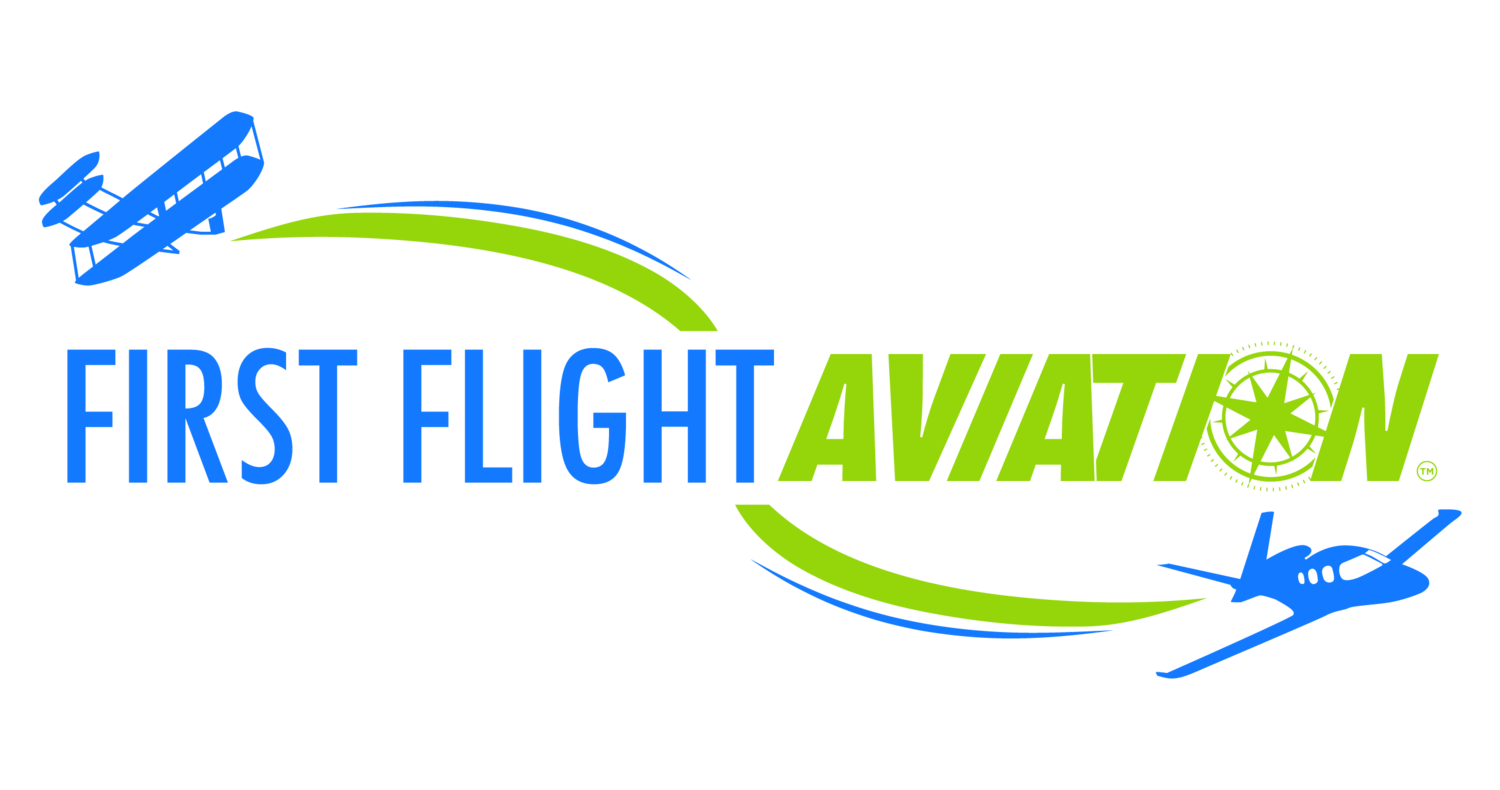
For aircraft owners and operators in the United States, compliance with Federal Aviation Regulations (FARs) is not optional — it is essential for legal, safe, and airworthy operations. Among these requirements, FAR 91.411 and 91.413 stand out as critical inspections tied to the aircraft’s altimeter systems, static systems, transponders, and related equipment. These regulations may sound intimidating at first, but understanding their purpose, scope, and the procedures involved is crucial to staying compliant and ensuring continued airworthiness. This blog will break down these requirements, demystify their technical language, and offer practical insights so that aircraft owners know precisely what to expect and why these certifications matter.
The Purpose of FAR 91.411 and 91.413
The Federal Aviation Administration (FAA) introduced FAR 91.411 and FAR 91.413 to maintain a consistent and rigorous standard for aircraft operating in controlled airspace, particularly those using IFR (Instrument Flight Rules). FAR 91.411 governs the testing and inspection of an aircraft’s altimeter system and altitude reporting equipment, while FAR 91.413 covers the certification and testing of the transponder system. These regulations ensure that the data being transmitted to air traffic control is reliable and accurate, supporting not only your safety but also the safety of other aircraft in the National Airspace System (NAS).
Altimeters and static systems are crucial for determining an aircraft’s precise altitude, which is fundamental for maintaining proper separation between aircraft. Likewise, transponders communicate an aircraft’s identification and altitude data to ATC radar systems. If any part of this system fails or drifts out of calibration, the consequences could be catastrophic. Therefore, the FAA mandates periodic inspections to verify these systems are working as intended. Even minor errors in altitude reporting or transponder signals could lead to loss of separation, near mid-air collisions, or violations of controlled airspace, which explains why compliance with FAR 91.411 and 91.413 is non-negotiable.
What FAR 91.411 Requires: Static and Altimeter Systems
FAR 91.411 focuses on ensuring the aircraft’s static pressure system, altimeter, and automatic altitude reporting system (mode C encoder) are operating within acceptable limits. The regulation requires that these systems undergo testing and inspection every 24 calendar months if the aircraft operates in controlled airspace under IFR. During this biennial inspection, a certified technician will examine the altimeter’s accuracy, verify the static pressure system for leaks, and ensure the encoder transmits correct altitude data to the transponder.
The inspection under FAR 91.411 is highly detailed. Technicians must simulate altitude changes using test equipment to confirm that the altimeter responds accurately. They also inspect static lines and ports for blockages or leaks because even the smallest obstruction could cause dangerously false readings. If discrepancies are found, they must be corrected before the aircraft can be legally flown under IFR. This regulation is in place to ensure the aircraft’s altitude data — the most critical factor in separation and collision avoidance — is always dependable. Failure to comply can result in grounding of the aircraft and potential FAA enforcement action.
FAR 91.413: Testing and Certifying the Transponder
While FAR 91.411 covers altimeters and static systems, FAR 91.413 addresses the transponder itself. The transponder is the device that sends out coded signals in response to ATC radar interrogation. Under FAR 91.413, aircraft transponders must be tested and certified every 24 calendar months by a certified repair station. This test ensures the transponder is transmitting on the correct frequency, providing accurate replies, and is fully operational.
In a typical 91.413 inspection, the technician will evaluate the transmitter’s output power, frequency stability, and reply accuracy. They will also check the altitude encoding function of the transponder to ensure it synchronizes with the encoder tested under FAR 91.411. If the transponder fails to meet FAA standards, it cannot be used until repaired and retested. The stakes are high because a faulty transponder could transmit incorrect codes or fail to respond to ATC altogether, resulting in a loss of situational awareness and potentially dangerous consequences. Complying with FAR 91.413 is therefore an essential part of safe and legal aircraft operation.
Practical Compliance Considerations for Aircraft Owners
Understanding the letter of the law is one thing, but aircraft owners often ask about the practical aspects of compliance. One of the first things to know is that inspections under FAR 91.411 and 91.413 can be performed together, which is both time-efficient and cost-effective. Many certified avionics shops bundle these certifications to minimize aircraft downtime. This is highly recommended because the inspections share many components, particularly the altitude encoder, which links the altimeter to the transponder.
Another point to remember is that these certifications are tied to the aircraft, not the pilot. That means if you buy a used aircraft, you should verify that the previous owner complied with the most recent 91.411 and 91.413 inspections and that they are still within the 24-month window. If they have expired, you cannot legally operate the aircraft under IFR until the tests are complete. Maintaining accurate logbook entries is vital because the FAA may request proof of compliance at any time. Many avionics shops will also place a sticker in the aircraft indicating the date of inspection, but the pilot-in-command bears the ultimate responsibility for ensuring the aircraft is airworthy and legal to fly.
It is also wise for owners to plan these inspections ahead of time rather than waiting until the 24-month deadline is about to expire. Scheduling with an avionics shop in advance can help avoid long wait times, particularly during busy periods when annual inspections spike. Owners should also consider aligning these inspections with other routine maintenance events, like annuals or major avionics upgrades, to keep aircraft downtime to a minimum. Being proactive with these certifications not only helps maintain compliance but also contributes to peace of mind knowing that your equipment is reliable and functioning correctly.
How FAR 91.411 and 91.413 Enhance Airspace Safety
At first glance, FAR 91.411 and 91.413 may feel like bureaucratic hurdles, but they exist for an important reason. Air traffic controllers rely on pilots to provide accurate data through their instruments and transponders. When altimeter or transponder systems report incorrect altitude or aircraft identity, ATC cannot maintain proper separation, which dramatically raises the risk of in-air conflicts. These regulations were created to prevent such scenarios by enforcing rigorous, routine inspections.
Additionally, as technology in the National Airspace System has evolved — particularly with the move toward ADS-B (Automatic Dependent Surveillance–Broadcast) — the role of altimeter and transponder accuracy has become even more critical. ADS-B systems build on the same principles of correct altitude reporting and position encoding, but with even higher levels of precision. Compliance with FAR 91.411 and 91.413 supports the data integrity needed for these modern surveillance technologies, helping integrate traditional radar tracking with ADS-B seamlessly. In a way, these legacy inspection requirements are a cornerstone for a smooth transition to NextGen airspace modernization.
Moreover, these inspections also protect pilots from false confidence. For instance, a pilot operating under IFR could be unaware of a faulty static system that causes the altimeter to underread or overread, leading to an unintentional altitude deviation. With these mandated inspections, aircraft owners and operators have a structured, predictable safeguard to catch these defects before they create dangerous situations. Ultimately, these requirements are not just a compliance box to check off — they are active contributors to keeping the entire aviation system running smoothly and safely.
Staying Compliant and Safe
FAR 91.411 and 91.413 certifications are more than just periodic maintenance tasks; they are vital layers of safety built into the U.S. aviation regulatory system. By requiring aircraft owners and operators to submit their altimeter, static system, and transponder equipment to testing and inspection every 24 calendar months, the FAA ensures that air traffic controllers can trust the information being reported by aircraft flying in controlled airspace. This trust forms the backbone of modern air traffic control and separation, without which the entire system could fall into disarray.
For aircraft owners, staying ahead of these requirements is a mark of professionalism and responsibility. Beyond legal compliance, these inspections are an opportunity to catch small issues before they become large, expensive, or even dangerous. By coordinating inspections with other maintenance events, keeping diligent records, and working with certified repair stations, owners can maintain both their aircraft’s legality and its operational readiness. In an era where aviation technology is rapidly evolving and airspace is becoming more crowded than ever, the importance of rigorous adherence to FAR 91.411 and 91.413 cannot be overstated.
Understanding these rules empowers you to make smarter, safer, and more economical choices about how to maintain your aircraft. While they may initially seem technical or even tedious, these certifications serve a higher mission: preserving the safety of the skies for you, your passengers, and everyone who shares the airspace. By embracing a culture of compliance and vigilance, you help uphold the proud legacy of aviation safety that makes flight one of the safest forms of transportation in the world.
Need a Fixed-Base Operator in Dayton, OH?
At First Flight Aviation, we’re here to make your next FAR 91.411 and 91.413 inspections smooth, reliable, and FAA-compliant — so you can focus on flying safely and confidently. With our certified repair station, Cirrus-authorized service center, and full-service avionics shop, our experienced team has everything you need to meet these critical requirements without hassle. Whether you’re due for your biennial inspections or want to schedule ahead, reach out to us today at Dayton-Wright Brothers Airport and let us help you keep your aircraft legal, airworthy, and ready for the skies!
